Slice or Spoon: There are Many Cheeses to Savour in Portugal
Whether made with goat, sheep or cow milk, excellent cheeses abound in the country, from Trás-os-Montes to Alentejo, and even on the islands.
Tradition is still alive and well. Portugal has a long and stuffed history of cheeses that are mouth-watering for cheese lovers. Follow the journey proposed by All About Portugal and delight yourself in tasting the best cheeses in the country. They all bear the Protected Designation of Origin (DOP) seal, guaranteeing quality and ensuring that cheeses are produced under strict humane and natural conditions in a given geographical area.
Transmontano Goat's Cheese

In Trás-os-Montes, a cheese of recognized quality is produced from mountain goat milk, the Transmontano Goat's Cheese (Queijo de Cabra Transmontano). White in colour and extra hard texture, it has a slightly spicy flavour and an intense and pleasant aroma. Its specific characteristics are the result of artisanal production that changed little over the years. It is produced in 10 municipalities in the districts of Bragança and Vila Real. It once had a considerable weight in the economy and nourishment of the peoples, in particular of the most disadvantaged population.
Terrincho Cheese
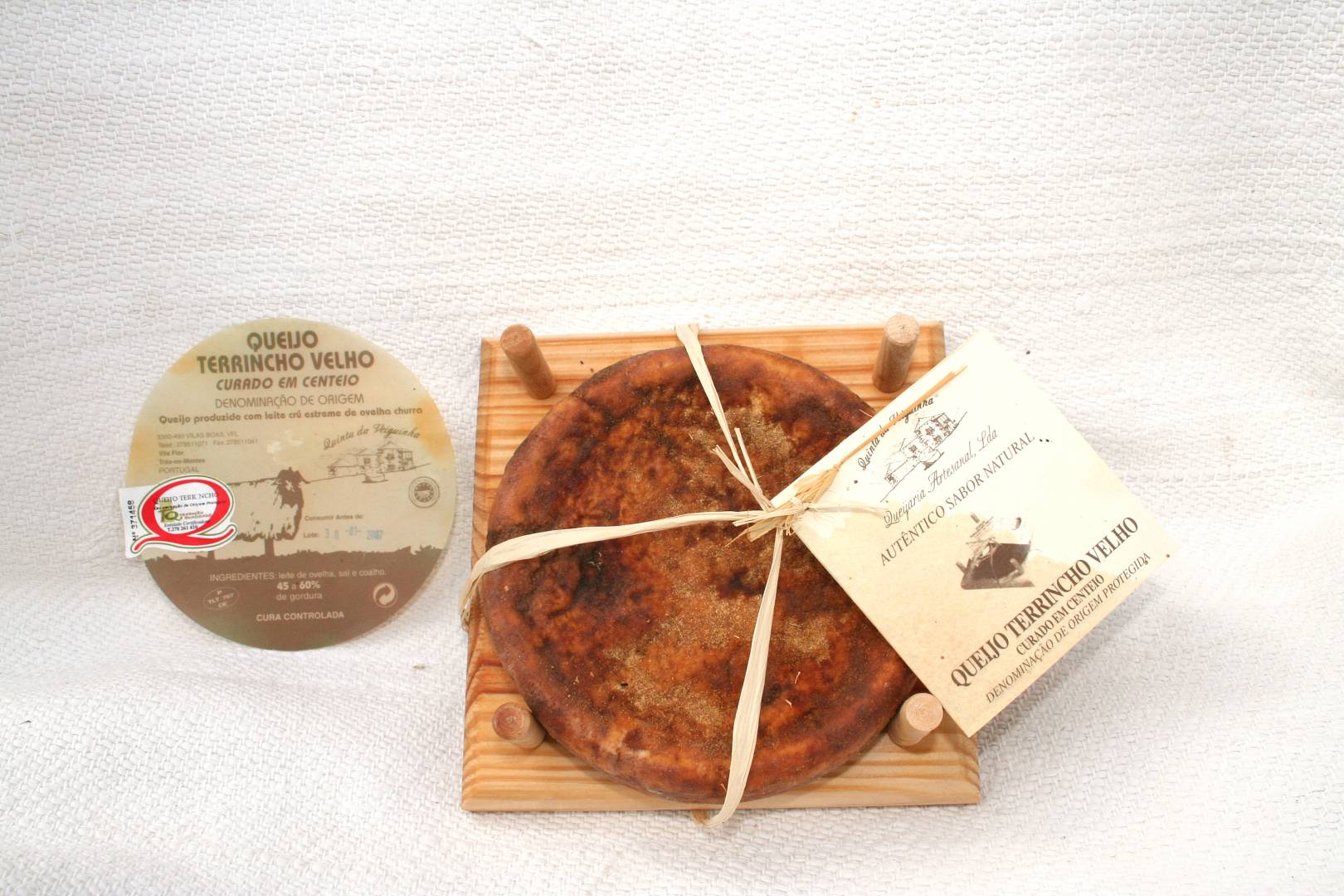
The Terrincho ewe, technical name Churra da Terra Quente, and its milk are the differentiating factors of this cheese, which is also produced in the North Interior. The animals are raised under natural conditions in an extensive regime, which has repercussions on the flavour of the cheese produced. Depending on your personal taste, you can opt for the normal Terrincho, which has a semi-hard paste and a mild flavour, or the Terrincho Velho, whose flavour is strong and characteristic. The texture is hard.
Serra da Estrela Cheese

It is, for many, the crown jewel of Portuguese cheeses and “mandatory” to taste. The legend goes that it started to be produced by the Romans and that the first cheese factory was created in 1287, in Celorico da Beira. Its characteristic taste and odour is unique, being made with milk from sheep raised in the highest mountain range of mainland Portugal. Depending on the time of maturation, it can be soft and buttery, great for eating with a spoon, or have a semi-hard paste, more suitable for tasting slice by slice.
Portuguese Requeijão
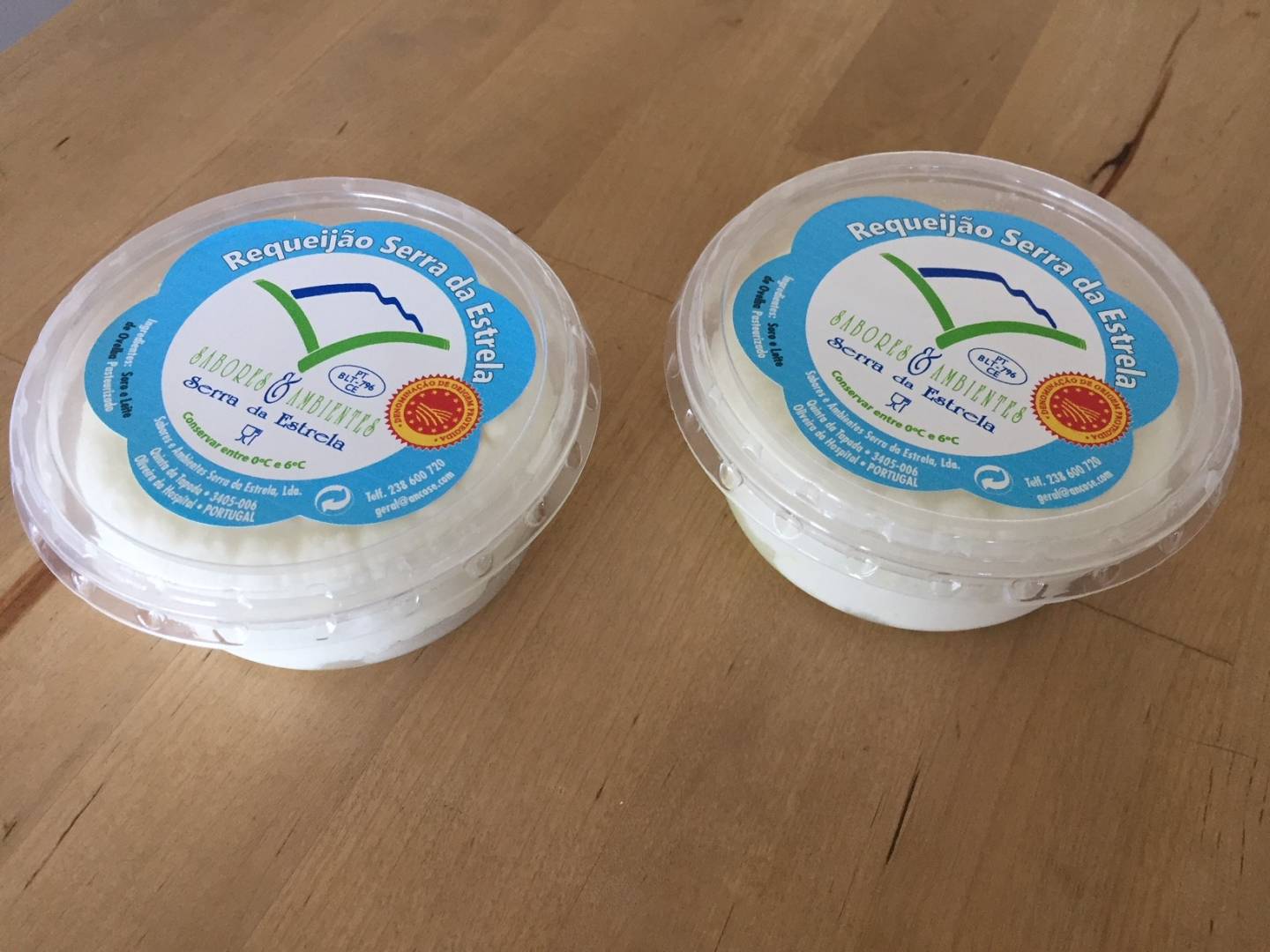
Its appearance is very different from the image that is normally associated with cheeses. It is a fresh, white product, with a soft, creamy and grainy texture. It is obtained from whey proteins used in cheese making and has the particularity of being a protein rich product with a low level of fat. There are two Portuguese curd cheese on the DOP product list, the Serra da Estrela and the Beira Baixa. It can be a great dessert when accompanied by pumpkin jam.
Rabaçal Cheese
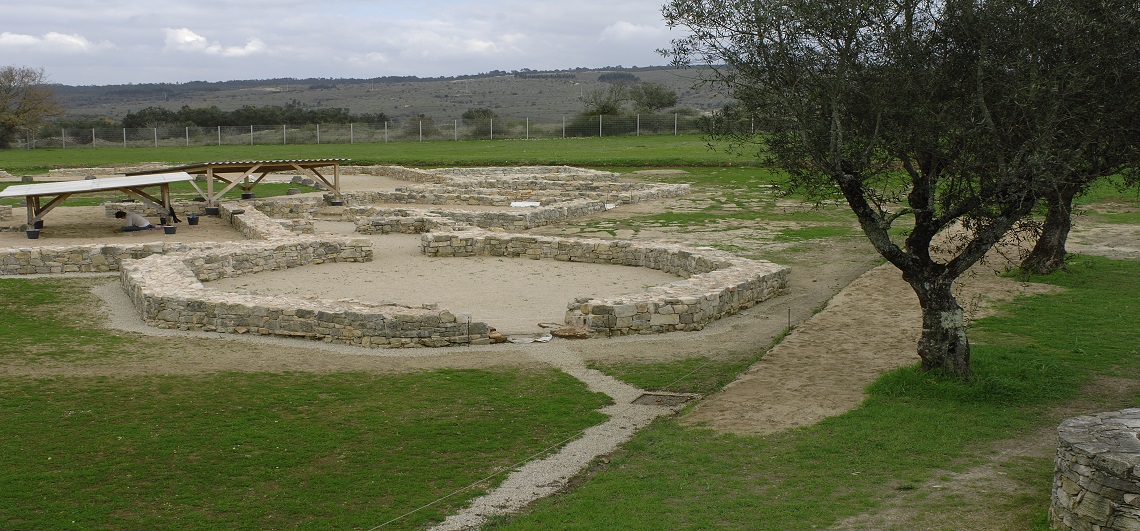
It comes from a parish in the municipality of Penela, in the district of Coimbra, and results from a mixture of goat and sheep milk. The characteristic flavour of this ancestral cheese is due to a plant popularly known as “Santa Maria” (Holy Mary), a spontaneously grown thyme that is found in abundance in the area. It is also produced in the municipalities of Ansião, Alvaiázere, Condeixa-a-Nova, Pombal and Soure. It is already mentioned in documents that date back to the year 1139.
Azeitão Cheese

It was created in the 19th century with sheep's milk from the Serra da Estrela area. It presents a semi-soft and buttery paste, with a white to yellowish colour, perfectly combining a spicy, acid and salty flavour. Its differentiating characteristics are due to the use of a variety of thistle flower as a coagulant, as well as the natural and meteorological conditions of the Setúbal area, south of Lisbon, which positively influence the quality of the pastures.
Nisa Cheese
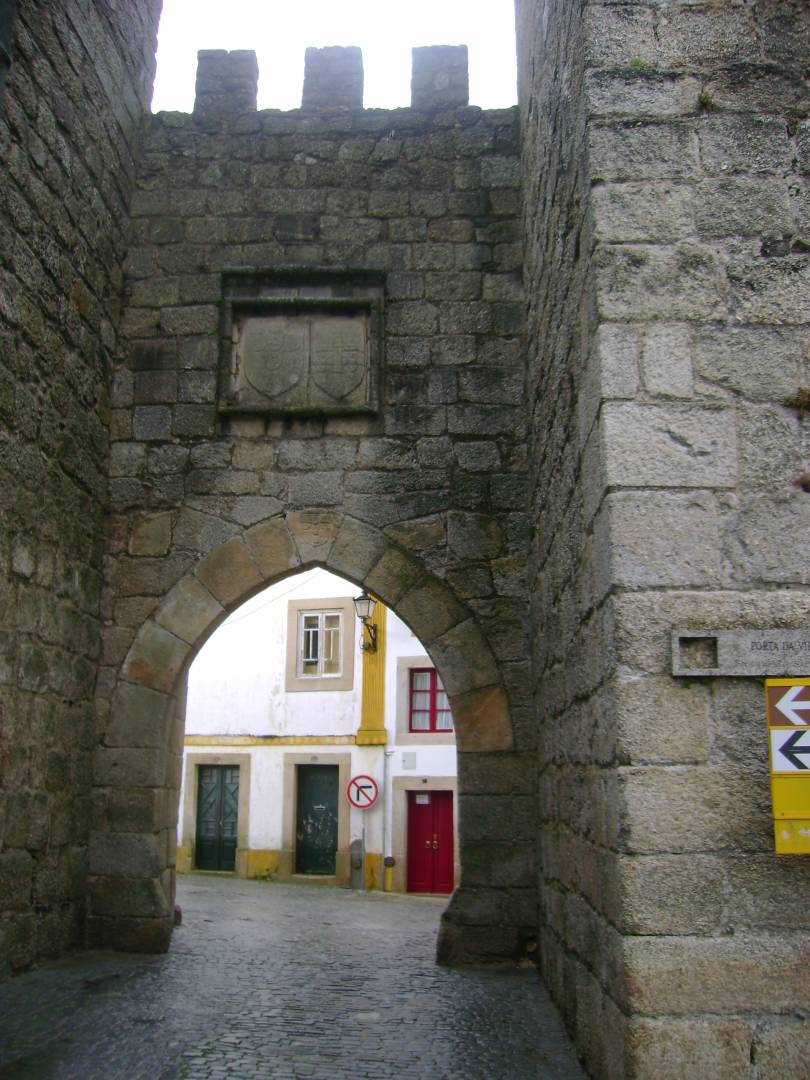
The Alentejo is another area with a long cheese tradition. Nisa is proud to produce ewe cheese recognized throughout the country. It is distinguished by having a slightly acidic flavour and strong aroma, with a semi-hard paste in a white to yellowish colour. Its production area comprises seven more municipalities in the Portalegre district. The story goes that this cheese has assumed great importance in the diet of the poorest population.
Évora Cheese
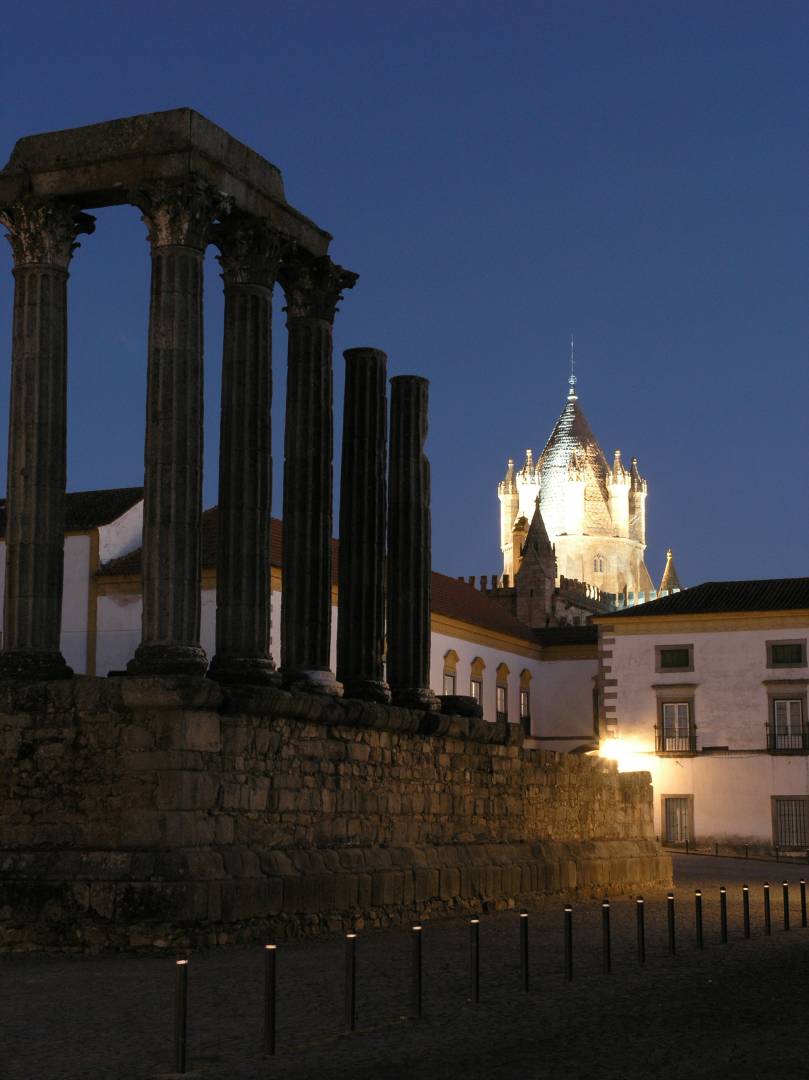
Further south, the deep Alentejo gives you reasons to continue on this attractive route. The smallest and lightest cheese on the list will be the one from Évora, which can have several shapes, but never exceeding 300 grams. It has the particularity that the sheep's milk used in its production is heated over a wood fire and has a slightly spicy and acid flavour. This hard or semi-hard cheese with a yellow colour is produced in 16 municipalities in the districts of Évora and Portalegre.
Serpa Cheese
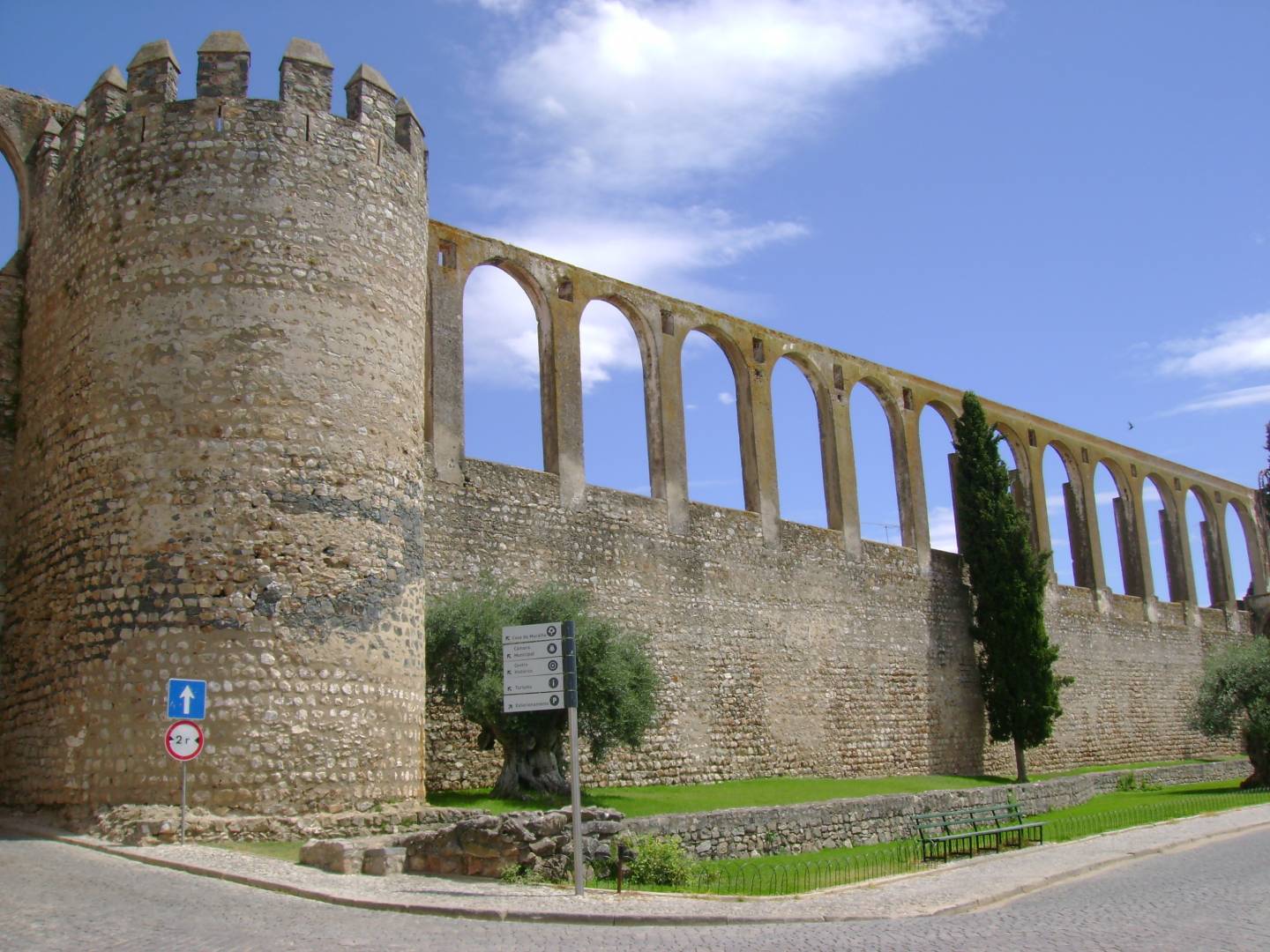
It is also based on the Serra da Estrela cheese recipe, with characteristics specific to the region in which it is produced. With a semi-soft paste and a buttery consistency, it has two peculiar points in its production process: the cloth used to filter the milk is folded precisely 40 times and the cut is made with only four movements, based on religious beliefs. Its production area includes 15 more municipalities in the districts of Beja and Setúbal.
São Jorge Cheese
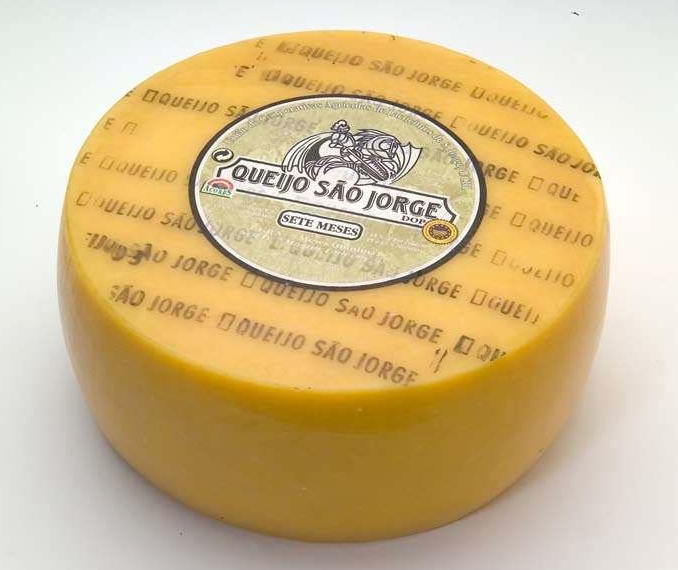
It is one of the best known products of the Azores archipelago. Unlike the rest of the highlights of this tour, the cheese from the island of São Jorge is made with cow's milk. It is distinguished by the natural conditions of the pastures of different cultures that contribute to the quality of the milk used in its production. The production method of this cheese, whose aromas and flavours are slightly strong and spicy, has remained virtually unchanged over the past five centuries.
Recommended